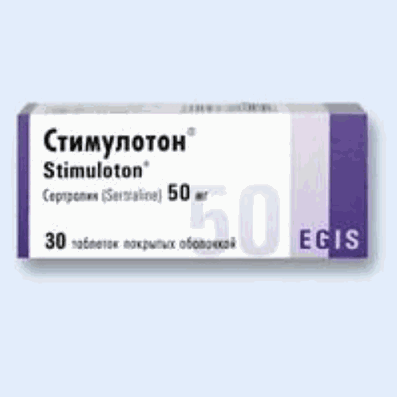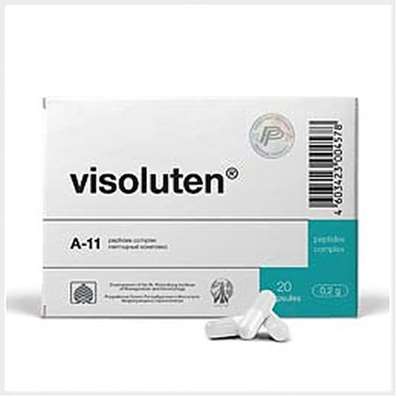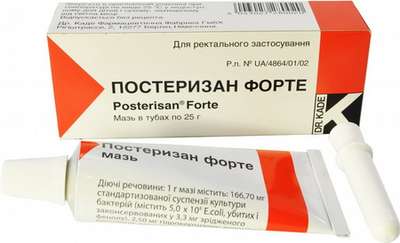Glycine, Cystine, Glutamic acid for Endurance
14 Feb 2017
Second Wind: how to become tougher
The expression "second wind" is used when talking about the exchange of the restructuring during prolonged physical work, with the result that the athlete feels a burst of energy after a critical decline. It is believed that the second breath opens for beginners in the sport, while experienced athletes can adapt to the loads smoothly, without suffering from power failure. Learn how to get a second wind tends to every young athlete, because it is so open the way for a new level of endurance and new sporting achievements.
The biochemical mechanism of "second wind"
Exchange of glucose in the cells can occur in two ways: with the participation of oxygen and without it. The result is a pure energy in the form of ATP, which is spent on essential needs of the organism. The most effective way of oxygen, as in this case, one molecule of glucose produced 36 ATP molecules, while anoxic - only two. You can try Semax.
When an athlete is working hard, then at some point the oxygen saturation of the blood ceases to meet the increased needs. Experienced, strong athletes at this point in the muscles many active mitochondria, which cope well with primary energy load. New athlete who has not yet reached a sufficient fitness, will suffer from hypoxia and lack of energy - "blind spot." Under anaerobic glycolysis in muscle lactic acid accumulates, the amount increases dramatically bifosfo-glycerate, which reduces the bond strength of oxygen to hemoglobin. This makes it possible to use oxygen more efficiently, and to intensify the process of aerobic oxidation of glucose. That's when an athlete feels a surge of strength: he opens a second wind.
Second Breath and stamina
The phenomenon of "second wind" is associated with the development of endurance: the moment when the athlete overcomes itself and continues to run, overcoming fatigue, the body learns to match the new load level. Lack of physical fitness is compensated through a more efficient use of internal resources. But this way can be dangerous: Do you have enough forces the heart to once again overcome the energy failure?
Athletes who take amino acid preparation Eltacin, endurance and adaptation to stress under conditions of lack of oxygen is much softer. Amino acids, which are part of it - glycine, glutamic acid, cystine - have a direct effect on the oxidative processes in the cell, and help you to use the maximum available oxygen cells. With regular use helps Eltacin
increase stamina, not to bring themselves to a state of "dead spots." Soft adaptation to new levels of stress and heart overload protection helps to achieve high results in sports without risking health.

 Cart
Cart





